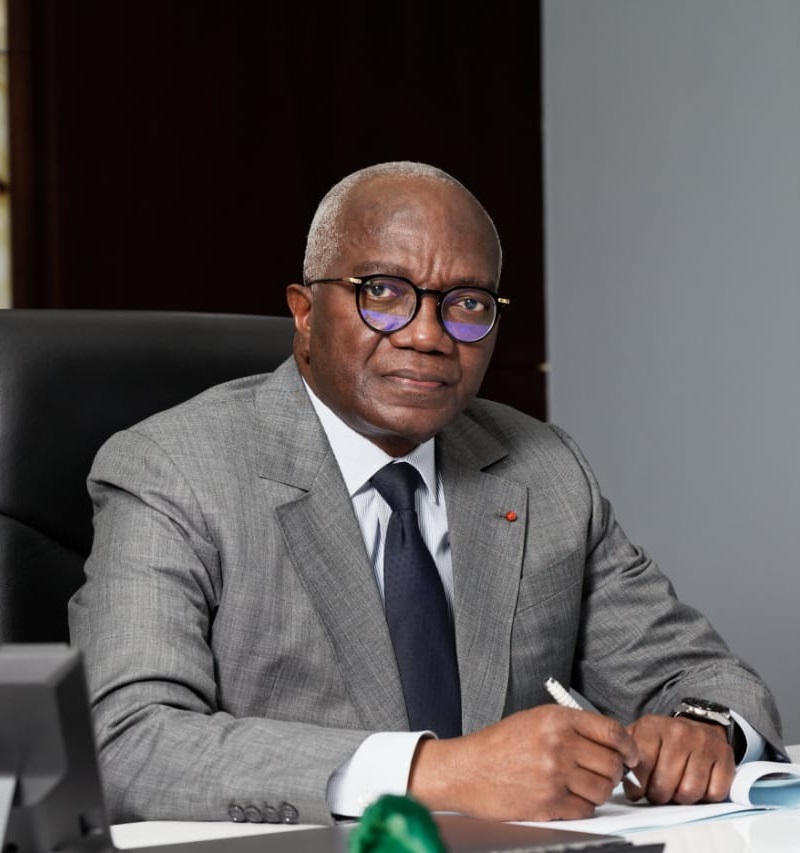Rising transportation costs to ship goods between Kenya and Uganda have become an acute problem for the business community of East Africa. To combat this, the Ugandan traders are planning to revive the National Trade and Facilitation Forum (NTF) and form a shippers’ council to fight soaring transport costs on the country’s Northern Corridor. NTF is aiming to reduce transportation costs through the removal of trade barriers as well as to harmonise the transport policies of countries along the Northern Corridor. Other countries on the corridor are the Democratic Republic of Congo, Rwanda, Burundi and Southern Sudan.
The move to revive NTF follows a sharp increase in costs of transport and shipping along the East African corridor. The traders attribute the costs to a bureaucratic Customs system, lengthy cargo forwarding processes as well as poor infrastructure. They say high port storage charges, transit bonds, poor shipping line operations, robberies and container loss at the Mombasa port affect their competitiveness in international trade.
For instance, while it costs between $1,400 and $1,700 to ship a 40-foot container from Dubai to Mombasa, the average transportation and clearing cost for the same container between Mombasa and Kampala is $3,800. A 20-foot container costs a trader $2,250.
This forces the traders to pass on the extra costs to consumers. As a result, prices of certain goods are non-competitive. Almost 50 per cent of the costs incurred by most Ugandan traders go into handling port and transport expenses. If these costs were mitigated price levels would fall significantly.
The Uganda Revenue Authority and Kenya Revenue Authority have tried to ease some of the impediments. URA, for instance, recently started 24-hour clearing schedules at the Kenya-Uganda border posts. The tax body’s computerisation has also significantly reduced clearing time.
Importers face a $40 daily charge 15 days from the time their goods reach the country, besides the $1,000-2,000 deposit paid to the shipping line. This is forfeited when the cargo is not cleared and collected in the specified time. Unfortunately, traders often have goods awaiting clearing and transportation for months. Kampala City Traders Association spokesman Isa Sekitto said traders are often forced to make costly and sometimes futile trips to Nairobi and Mombasa to demand faster clearance of freight and delivery, as their cargo remains in the ports for weeks or even months.
Despite the obvious need, the corridor’s road and rail are operating below capacity because of their poor state. Transit handlers say the road is virtually impassable. At the same time, the region’s exports go through the same route, implying that the same high transport costs apply, further reducing competitiveness in the global market.
In the meantime, the pile-up of Uganda-bound rail cargo at the Kenyan port of Mombasa has reached crisis levels, threatening to paralyse the operations of several manufacturing companies in Uganda.
Rift Valley Railways (RVR), the company that was in 2006 given the rights to run the Kenya-Uganda railways is apparently taking time to settle down, raising doubts as to whether the privatisation of the service was justified in the first place. « Right now, we have 150 containers that have spent 60 days at Mombasa, » said Busingye Rwabwogo, deputy operations manager at Mukwano Industries, a plastics and soap-making firm in Kampala. « We are told the pile-up is due to lack of wagons. »
Importers of heavy raw materials say they cannot fall back on the shorter and easier route through Lake Victoria, as this has been rendered dysfunctional by the removal from service of two ferries that were involved in a mid-lake collision, sinking one of them. This route is now serviced by just one ship delivering only 22 containers per week.
While it takes up to a month for goods to get to Kampala by rail, the ferry route took just three days. Road transport is not a very encouraging option either. “Nobody would refuse to use trucks,” Rwabwogo said, “but we need to transport industrial inputs that are heavy for our soap factory. And of course, using trucks is very expensive.” The leading freight companies charge $3,500 to transport a 20-feet container from Mombasa to Kampala by road, which is almost twice what the railways option would cost.
The company inherited a crumbling marine section now operating at 75 per cent below capacity with only one ship plying various routes on Lake Victoria. The section, a loss-making division of the former Uganda Railways Corporation, was running three ships that plied the Lake Victoria routes of Port Bell-Mwanza-Kisumu, taking considerable weight off the main Mombasa-Kampala railway line.
However, following the sinking one ferry boat in 2005, the other two were grounded, rendering the marine section dysfunctional. In addition, the section feeds off Tanzania Railways, which is in a worse state than RVR, compounding the problems on the route. The TRC has been grappling with problems of its own, ranging from a shortage of wagons to worn-out rail
s.
These problems have worsened by the growth in demand for goods to the emerging markets in the Great Lakes region, particularly in eastern Democratic Republic of Congo, Rwanda, Burundi, and southern Sudan.
The pile-up has already begun to hit Ugandan consumers, with oil industry executives blaming the increase in the pump price of petroleum products, by as much as Ush150 ($0.08) per litre in the last two weeks, on delays in the delivery of oil products from Kenya.
While the railway serves a chunk of the Ugandan business community, manufacturers of steel and iron building materials are still reluctant to sacrifice the speed of road transport for the lower costs of the railway. An official of one said his company was planning to revert to rail transport to cut the high road freight costs, but the delays and delivery period remain a hindrance to doing this.




































